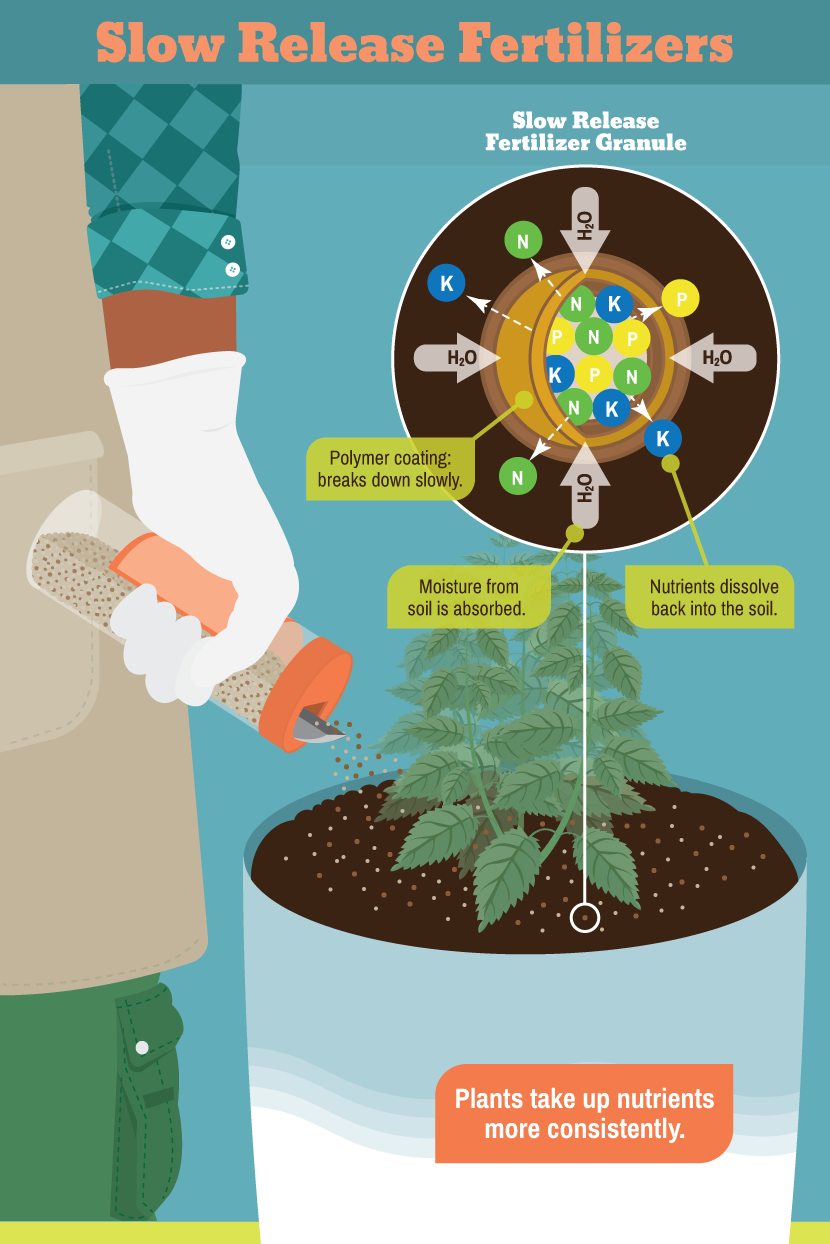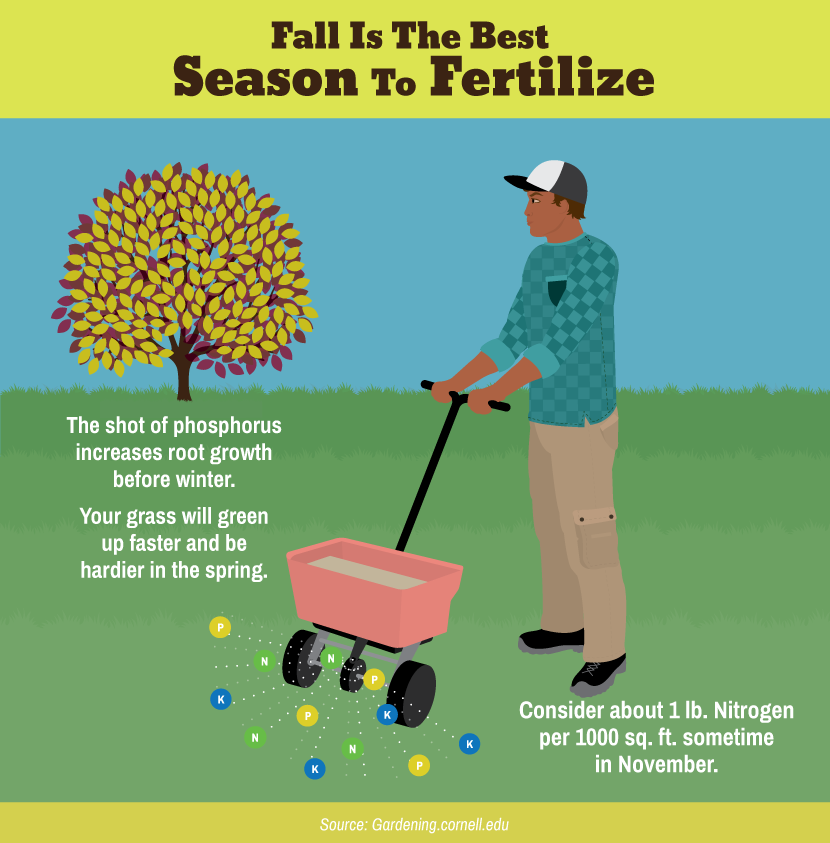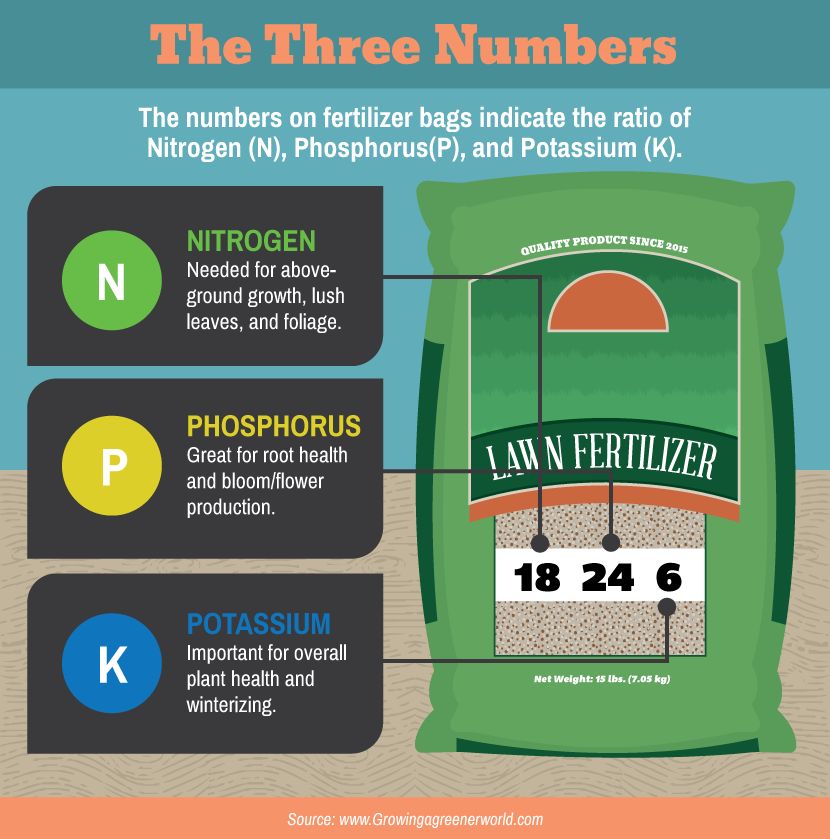Figuring Out Fertilizers
Many gardeners have a difficult time with fertilizers. Gardeners of course understand that plants need fertilizers from time to time – some plants more than others – but there are so many different forms and number of ways to apply them, that it’s easy to get confused. And when people get confused, they often simply give up. I’ll give you the lowdown on fertilizers, but first, the bottom line is this: Know what plants you have and what they need, get on a regular fertilizing schedule, and always follow the directions.
What Are the Different Forms?
There are several different forms of fertilizers, and each serves a different purpose. Water-soluble fertilizers are mixed into water and are great for leaf health and soil – I typically use this type for my houseplants. Slow-release fertilizers have a granular appearance and are either worked into the soil at planting time or sprinkled on top of the soil, perfect for container plants or new bedding plants. Other granular fertilizers are broadcast over wide areas (lawns for example) and then watered in.

Compost is a wonderful fertilizer found right in your own backyard – be sure it’s decomposed/well-rotted, and then work it into your soil in the fall or spring. Similarly, compost teas use compost in bags that are soaked in water for a day or two, leaving the nutrient-packed water perfect for soil, roots, foliage, and transplants. Always check the recommendations on the package before making your selections.
What Plants Need Specific Fertilizers and Why?
Although there are indeed some plants that have extremely specific fertilizing requirements, it’s not always necessary to have a different fertilizer for each plant in your garden. Acid-loving plants such as azaleas and rhododendrons typically need a fertilizer that is higher in acid content in order to bloom so, in that case, a specific fertilizer is indeed necessary. Look for the words “for acid-loving plants” or even a picture of an azalea on the package.
Citrus trees can benefit from a fertilizer that is specifically formulated for their needs, as can cacti and succulents. Beyond that, a general balanced fertilizer (10-10-10) is useful for nearly any plant. Don’t be swayed by the different fertilizers for every single plant out there – when in doubt, read the ingredients on the package of a “rose fertilizer” and compare those to a good all-purpose fertilizer’s ingredients. You might be surprised at how similar they are.

What’s the Deal With the Three Numbers on the Package?
The three numbers on the package indicate the relative levels of nitrogen (N), phosphorus (P), and potassium (K) in the product, and they are always listed in that order. A “balanced” or “general purpose” fertilizer will usually have all three numbers the same (10-10-10 for example), but a nitrogen-heavy fertilizer will show the first number as higher than the other two (20-5-10). Why is this important?
Different plants require different nutrients and at various times of the year. Nitrogen is responsible for healthy plant growth above ground along with lush green leaves or foliage, so a fertilizer that is high in nitrogen will be great for grass growth for example. Phosphorus is great for producing healthy root systems and increased blooms; as such, you’ll want this number to be higher at the beginning of the growing season or at planting time.
Potassium, however, is used for overall plant health and is often used as a winterizer to keep the plant healthy during the dormant months. If you have to choose one fertilizer, reach for a 10-10-10.
When Should I Fertilize?
It depends on the plant you are fertilizing, so you will need to do your research. In general, annuals are heavy feeders and will need to be fertilized weekly or monthly as long as you have them in your garden. Flowering perennials typically enjoy an annual application in late winter/early spring, whereas vegetables usually prefer one application at planting time with another midway through their growing season. Trees and shrubs should be fertilized in early spring with another optional application in early summer, whereas lawns can prefer up to three applications a year (fall being the best by far).
Is there ever a time not to fertilize? Yes. If your soil is healthy, well drained, and rich – whether it’s like that naturally (lucky you!) or you helped it along with soil amendments – you may not need to fertilize at all. Only fertilize if you need to, and resist applying it to ease the guilty conscience of neglecting your garden. There is no substitute for good soil and appropriate watering.

If a Little Fertilizer is Good, Then a Lot is Better, Right?
No, absolutely not. When fertilizing, it’s imperative to follow the directions on the package because each type of fertilizer is so different. If you under-fertilize, then you aren’t doing much good, but if you over-fertilize, you can actually damage your plants. Over-fertilizing can cause leaf damage, plant wilting, a decrease in blooms, plant burn, and even plant death.
One caveat: I know many gardeners who fertilize their houseplants and bedding annuals with a weak fertilizer – this is not to be confused with under-fertilizing, because a weak fertilizer can be used at almost every watering rather than a once-a-month application. This can work well because it’s a very consistent application and therefore easy to remember – if you normally fertilize once a month and water weekly, simply divide the fertilizer amount into fourths and water as normal.
Embed the article on your site

